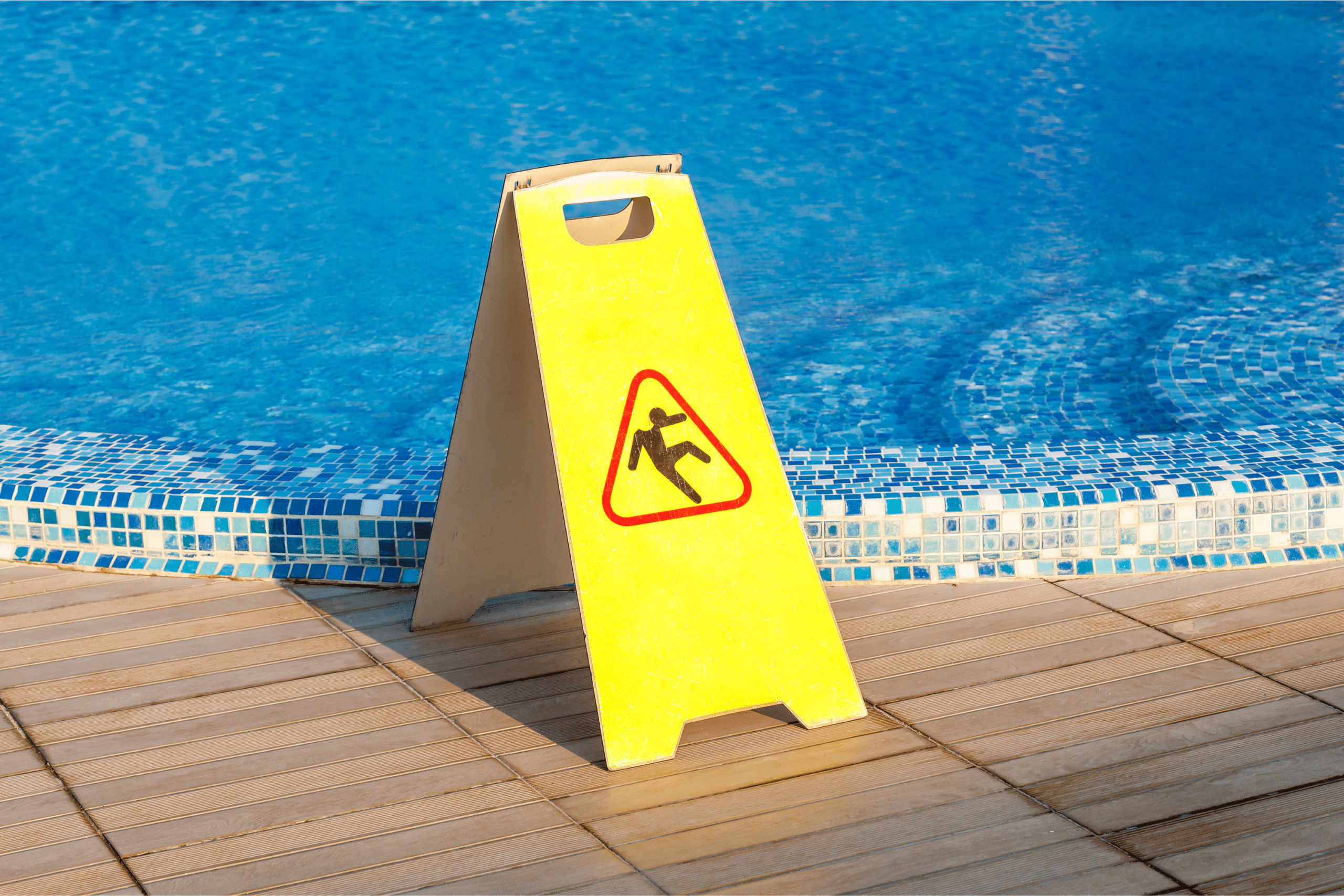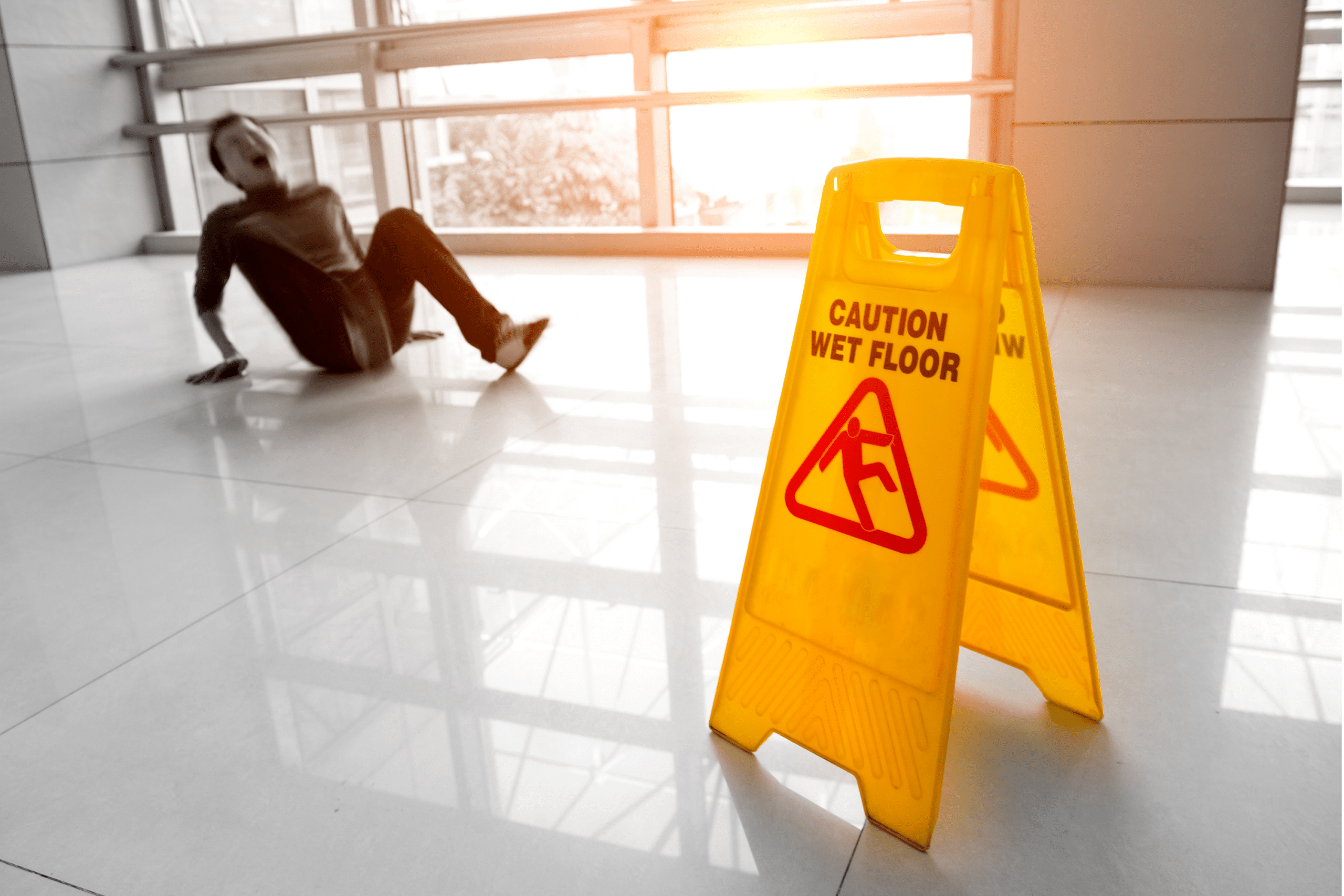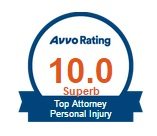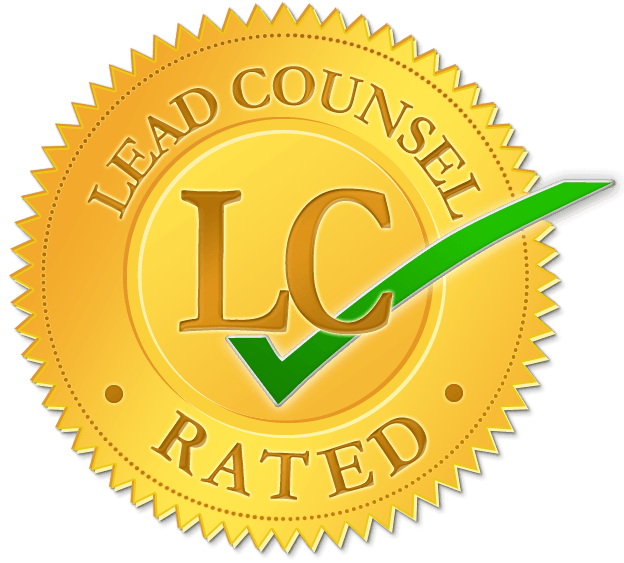Cruise vacations are a popular choice for travelers seeking relaxation, adventure, and exploration of exotic destinations. However, amidst the luxury and enjoyment that cruise ships offer, there exists a hidden danger: slip and fall accidents. These accidents can lead to serious injuries and even ruin a well-deserved vacation.
In this blog, we will delve into the common causes of slip and fall accidents on cruise ships, shedding light on factors and conditions that can turn a dream vacation into a nightmare.
Wet Decks and Slippery Surfaces
One of the primary causes of slip and fall accidents on cruise ships is the presence of wet decks and slippery surfaces. Cruise ships are surrounded by water, making them prone to wet conditions due to rain, ocean spray, or pool water. When these surfaces are not adequately dried or maintained, they become hazardous for passengers.
Cruise ship operators must routinely clean and dry the deck areas to prevent slips and falls. Failing to do so can lead to passengers losing their footing and sustaining injuries. Adequate drainage systems and non-slip flooring materials can significantly reduce the risk of accidents on wet decks.
Inadequate Signage
Proper signage plays a crucial role in ensuring passenger safety on cruise ships. Inadequate or confusing signage can lead passengers to unfamiliar or hazardous areas. This can result in accidents as passengers may not be aware of potential risks.
Cruise lines should provide clear signage indicating wet areas, steps, uneven surfaces, and caution zones. Moreover, language barriers must also be considered, as cruise ships host passengers from around the world. Multilingual signage can help ensure that safety instructions are understood by all passengers.
Negligence by the Cruise Line
Negligence on the part of the cruise line is another significant factor that can contribute to slip and fall accidents. Cruise ships have a duty to provide a reasonably safe environment for their passengers. Failure to do so can result in accidents and injuries.
Cruise lines should regularly inspect and maintain their ships, addressing any safety hazards promptly. Negligence may also manifest in inadequate training of crew members, lack of safety protocols, or failure to respond to passenger complaints. Passengers who have suffered injuries due to cruise line negligence may be entitled to compensation for their damages.

Inadequate Lighting
Insufficient lighting can create hazardous conditions on cruise ships, particularly in common areas, stairwells, and corridors. Dimly lit areas can make it difficult for passengers to see obstacles or hazards, increasing the risk of trips and falls.
To mitigate this risk, cruise ships must maintain proper lighting levels in all areas accessible to passengers, both day and night. Adequate lighting can enhance visibility and reduce the chances of accidents caused by poor visibility.
Uneven Surfaces and Thresholds
Uneven surfaces and thresholds are common onboard cruise ships due to the ship’s structural design and various deck levels. Passengers may encounter differences in flooring materials, heights, or angles while moving around the ship. These transitions can be particularly dangerous if not properly marked or maintained.
Cruise ships should install ramps, handrails, and warning signs at thresholds and uneven surfaces. This helps passengers navigate these areas safely and reduces the risk of tripping and falling.
Weather-Related Hazards
Cruise ships often traverse through different weather conditions, including rough seas and adverse weather. These conditions can create safety hazards for passengers. Sudden movements of the ship can lead to passengers losing balance and falling.
To mitigate the risks associated with weather-related hazards, cruise lines should provide handrails and other safety features in areas prone to motion-induced accidents. Additionally, clear communication to passengers about potential rough weather conditions and safety measures can help prevent accidents.
Overcrowding and Congestion
Cruise ships can become crowded, especially during peak travel seasons or at popular onboard events. Overcrowding and congestion in common areas like dining rooms, theaters, and pool decks can increase the likelihood of accidents.
Cruise lines should implement crowd management strategies to control passenger flow during peak times. This includes limiting the number of passengers in certain areas and providing clear pathways for movement. Proper crowd management can help prevent accidents caused by overcrowding.
Slip And Fall Accidents On Cruise Ships
While cruise vacations offer a world of excitement and relaxation, passengers should be aware of the potential dangers lurking beneath the luxury. Slip and fall accidents on cruise ships can result from a combination of factors, including wet decks, inadequate signage, negligence by the cruise line, inadequate lighting, uneven surfaces, weather-related hazards, and overcrowding.
Passengers can take steps to protect themselves by staying vigilant, following safety instructions, and reporting any hazards they encounter to the ship’s crew. Cruise lines, in turn, must prioritize passenger safety by maintaining their ships, providing clear signage, and implementing safety measures to prevent slip and fall accidents.
By understanding and addressing these common causes of slip and fall accidents on cruise ships, both passengers and cruise lines can contribute to safer and more enjoyable voyages, ensuring that vacations remain memorable for all the right reasons. If you or someone you know is injured in a slip and fall accident during a cruise seek legal counsel to ensure your rights are protected.
About the Author:
Andrew Winston is the founding partner at the personal injury Law firm, The Winston Law Firm. For over 20 years, he has successfully represented countless people in all personal injury cases, focusing on child injury, legal malpractice, and premises liability. He has been recognized for excellence in representing injured clients by admission to the Million Dollar Advocates Forum and named one of America’s Top 100 High-Stakes Litigators. Mr. Winston is AV Preeminent, Rated by the Martindale-Hubbell for the highest level of professional ethics, enjoys a 10.0 rating by AVVO as a Top Personal Injury Attorney, and has been selected as a Florida Top 100 “Super Lawyer” and Miami Top 100 “Super Lawyer” – an honor reserved for the top 5% of lawyers in the state – was voted to Florida Trend’s ”Legal Elite,” recognized by Expertise as one of the 20 Best Personal Injury Attorneys in Fort Lauderdale and 20 Best Car Accident Lawyers in Fort Lauderdale.







